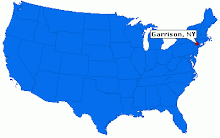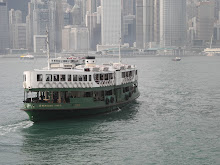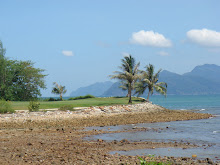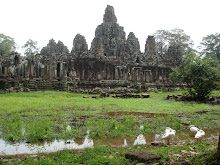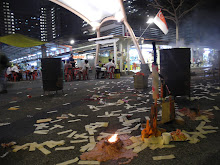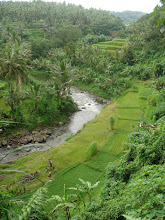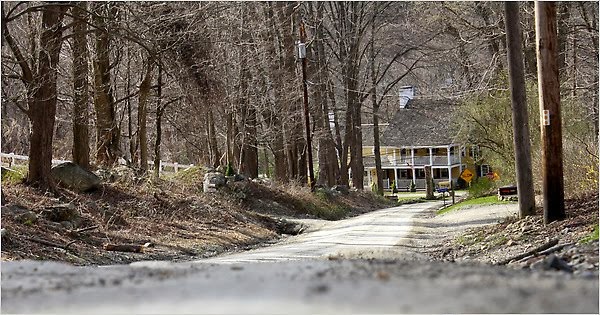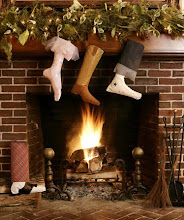 Air pollution in Beijing, Shanghai and other cities on the
mainland has been making headlines worldwide.
Coverage has been as relentless as the endless string of bad air days.
China is the largest producer of emissions in the world. The country’s statistics
do not include Hong Kong. It is considered a Special Administrative
Region until 2047. However, the island has bad
air too. Earlier this month, just days
before a scheduled 10K hike on Lantau, I was sucked into the Environmental
Protection Department’s air index readings.
Toxins were in the air. With just
three days before the hike would it blow over and out or would I be forced to
remain indoors for my health?
Air pollution in Beijing, Shanghai and other cities on the
mainland has been making headlines worldwide.
Coverage has been as relentless as the endless string of bad air days.
China is the largest producer of emissions in the world. The country’s statistics
do not include Hong Kong. It is considered a Special Administrative
Region until 2047. However, the island has bad
air too. Earlier this month, just days
before a scheduled 10K hike on Lantau, I was sucked into the Environmental
Protection Department’s air index readings.
Toxins were in the air. With just
three days before the hike would it blow over and out or would I be forced to
remain indoors for my health?
T minus 3 days
I woke to see a yellow haze in the air. Growing up in central Ohio made me used to
shellacked skies of hot and humid days, but Hong Kong’s hue was different. I
wasn’t looking up at it from a great distance I was breathing it in. My eyes watered, my nose tickled, my face
reddened, my throat became raw…and I was in my apartment! I turned on the air purifier full blast and
stayed inside all day.
Air pollution index readings take place in 11 stations
throughout Hong Kong. They measure ozone and nitrogen dioxide levels. The air quality index has a chart ranking the
levels, such as 0-25 Low - within acceptable standards and 151-200 Very High. Three days before the hike the level was 205
and 210, or Severe. Severe levels
reading between 201 – 500 means that people
“with existing heart or respiratory illnesses may experience significant
aggravation of their symptoms. There may also be widespread symptoms in the
healthy population (e.g. eye irritation, wheezing, coughing, phlegm and sore
throats).”
Another day of unbearable slightness of breathing. I had to go out and run errands. My first stop
was to purchase a box of paper facemasks with elastic bands that loop around
the ears. Asians tend to wear masks when
they have colds and I thought for sure that the entire population would be
wearing them to filter the air. (One
idea that popped into my head was to take my red lipstick and paint lips on the
mask. For James, I thought, I’ll draw a
mustache!) To my surprise no one was wearing
face protection. The streets were busy
and the sidewalks crammed with the usual mid-day crowd. Clearly in Asia’s financial core there’s no
masking the pain.
A mix of local and regional pollutants causes Hong Kong’s smog. Emissions from industrial facilities,
coal-fired power plants, dirty diesel vehicles and ships burning bunker fuel,
the world’s dirtiest transportation fuel, are the source. The bad air gets trapped among the
skyscrapers and cannot escape. The only
hope we had for a hike was a big wind or soaking rain to get the air
circulating.
T minus 1 day
Third day same as the 1st. The air purifier had been humming away for
two days of severe levels pollution. I
went out this time to visit James in his office on the 99th floor
of Hong Kong’s tallest building. At that
level I’m usually on top of the world looking down on creation, but not that
day. I couldn’t see a thing through the vapor.
Skyscrapers aren’t so high when pollution comes down to earth.
Lantau Island. It’s
prominently rural, but it’s also home to the airport and Disneyland. Our 10K excursion was to hike from Big Buddha,
the world’s largest outdoor bronze statue of a seated Buddha, to the fishing
village, Tai O. A rewarding day trip if the air clears.
Is that fog or smog?
I woke to gray skies and immediately texted for the hikers’ official
weather report. It wasn’t pollution; we
were to take off at 8. We went with the
hope that the misty cloud hanging overhead would burn off when the sun was high
in the sky.
The misty cloud never dissipated. We started our hike at Big Buddha but we
couldn’t see it or the horizon on our ascent.
When we reached the top the only view we had was of the wild water
buffalos lying down chewing their cud. We
made our way down to Tai O and strolled the seaside village where houses stood
on stilts and streets were stocked with stands selling salted fish and fresh
catch. At that foggy bottom we were
closer to Macau than to Central and feeling very distant from the previous
days of killer smog.
According to the Hedley Environmental Index,
there were 322 premature deaths in March of this year as a result of adverse
health effects due to air pollution. Government
officials in Hong Kong and China have proposed billions of dollars to combat
pollution and that doesn’t include the latest threat to the skies: light
pollution. The University of Hong Kong
recently found that the city’s light pollution is 1,000 times brighter than
globally accepted levels. Among the side
effects, it causes insomnia in humans and death in birds (they tweet all night
by the artificial light and often times don’t make their migration
destination). The smog of war burns
bright in the Fragrant Harbor.



